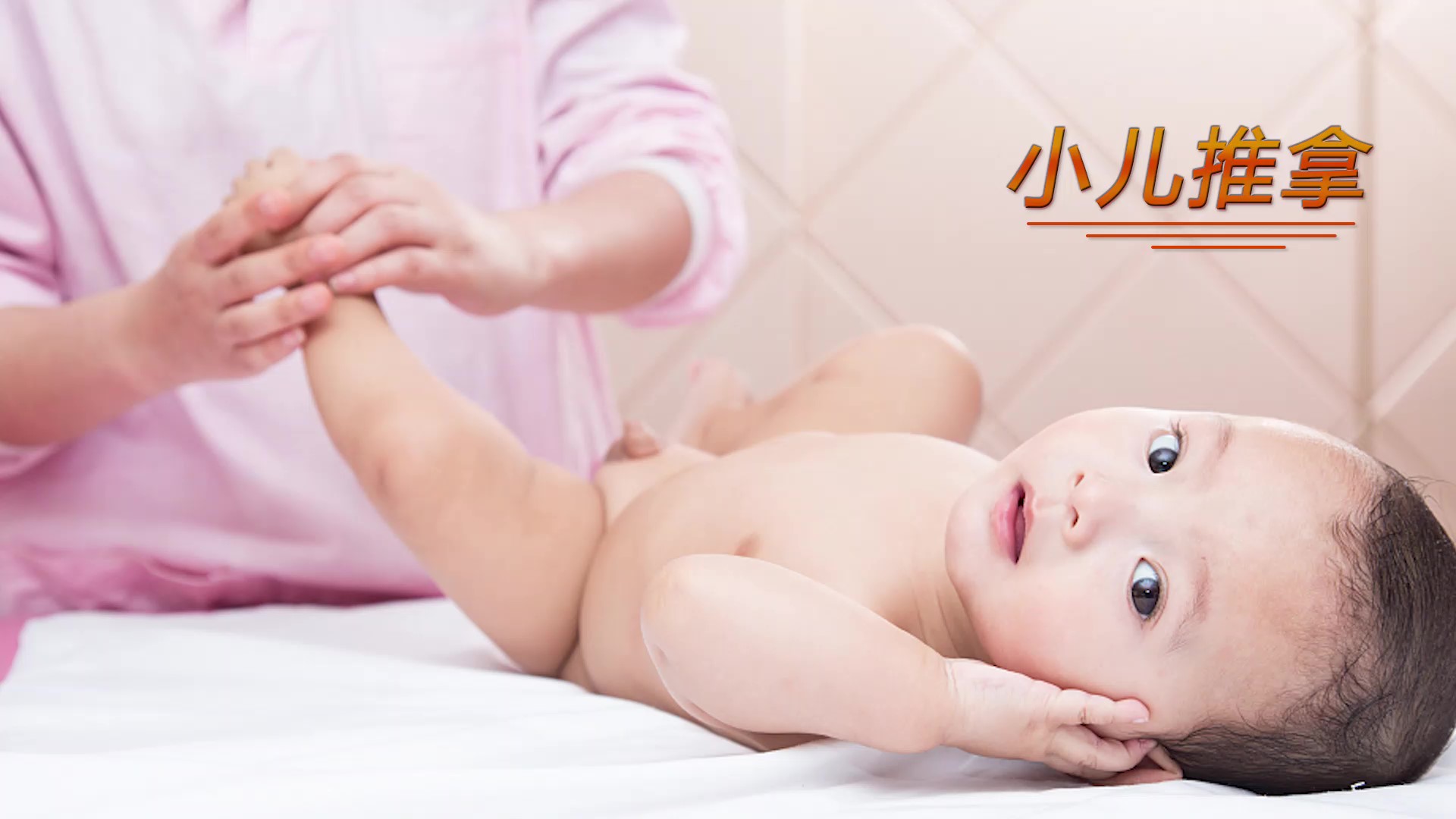
当前课程知识点:Chinese Ceramics > Unit 4 The Primitive Types of Ceramics > 4.3 Primitive Colored Pottery Ⅰ > Primitive Colored PotteryⅠ
返回《Chinese Ceramics》慕课在线视频课程列表
大家好 欢迎来到中国陶瓷课
今天我们来讲一讲原始彩陶图案
彩陶的装饰图案非常丰富
常见的纹样有鱼 鸟 蛙 鹿等
还有少量的花卉纹和神人纹
有学者认为
这些纹饰与当时的图腾崇拜有关
在中国古代的神话传说中
还可以找到这些地区以鱼
鸟为民族图腾的痕迹
在半坡类型 距今6800~6300年 的彩陶中
发现一种大口 卷唇
浅腹 圜底的陶盆
这种陶盆大都施黑彩
器身施赭红色陶衣
器内壁用黑彩绘出
人面鱼纹
和鱼纹各两个
相间排列
人面作圆形
眼以上涂成黑色或空白的三角形状
耳部或作对称的向上弯钩 或饰以两条鱼纹
鱼纹作长三角形
鱼头亦呈三角形
内填圆形眼睛
鱼身以斜方格作鳞
游鱼逐人面
人的嘴角用两道相交的斜线组成
两边各饰一条鱼纹
在鱼的周身用短线或小点装饰
在黄河中下游地区的陶器装饰中
以鸟为主要题材
而在这一地区的文献中
也有一些以鸟为氏族图腾的传说和记载
在仰韶文化晚期彩陶图案中
有一种双头多足鸟
这种鸟纹常常和太阳纹一起出现
表明这种以鸟为图腾的氏族
也许是崇拜太阳的
当时的人们将图腾
装饰在彩陶上
最大的用意是什么呢
可以设想
随着各个氏族 部落之间的交往越来越频繁
各群体成员常常会彼此融合混杂
难以分辨
图腾标志和图腾名称的存在
使人们可以准确无误地识别群体
这可以防止一个群体的成员流向另一个群体
从而削弱前者的集体力量
因为所有群体都希望变得更加强大
陶器作为当时人们的日常用品
其装饰也难免会打上本氏族的某种标记
以便和其他氏族的陶器区分开
这种标记可能就是图腾的标记
在彩陶艺术中最常见的
有两种图案形式
一种是具象写实的 一种是抽象几何形状的
前者出现得较早
后者出现得稍晚
以彩陶中的鱼来说
早期的鱼纹多为单独纹样
鱼的形象刻画得较具体
写实 艺术夸张成分较少
一般饰于陶器外的上部
到了中期
彩陶鱼纹开始向写意发展
鱼头和鱼身由以前不规则的自然形状
开始向有规则的几何形转变
增强了鱼纹的装饰性
到了晚期
鱼纹图案更为抽象
并形成了阴纹和阳纹双关的图案花纹
具有很强的装饰效果
彩陶上的鸟纹也一样
经历了个由具象到抽象的演变过程
庙地沟类型彩陶的鸟纹单独纹样中
有正面和侧面两种
正面的是以一个圆点表示鸟头
以个弧形三角形表示正在展翅欲飞的鸟的身体
以三条竖线表示这是种三只足的鸟
后来
这三只足也被删去
使其简化成一种标志性的几何纹饰
侧面的鸟最初比较具象
有点类似一只站立着的飞鸟的剪影
与正面视图一样
图像从形状变成线条
再从线条变成简化的线条
虽然鸟的形状完全消失了
但鸟飞翔的动感依然很形象
今天的课就到这里
感谢观看 下次再见
-1.1 Introduction
-1.2 Ceramics in Neolithic, East Han and Wei-Jin Dynasties
--Ceramics in Neolithic, East Han and Wei-Jin Dynasties
-1.3 Sui and Tang dynasties and Song Dynasty ceramics
--Sui and Tang dynasties and Song Dynasty ceramics
-1.4 Ming and Qing Dynasties
-Unit 1 test
--Unit 1 test
-Discussion questions
-2.1 The Unique Chinese Ceramic Culture
--The Unique Chinese Ceramic Culture
-2.2 The Historical Development of Chinese Ceramic Making
--The Historical Development of Chinese Ceramic Making
-2.3 Chinese Ceramic Shape Art
-2.4 Chinese Ceramic Painting Art
--Chinese Ceramic Painting Art
-2.5 Chinese Ceramic Folk Stories
--Chinese Ceramic Folk Stories
-Unit 2 test
--Unit 2 test
-Discussion questions
-3.1 CeramicCulture and the Zodiac
--CeramicCulture and the Zodiac
-3.2 The heritage of traditional ceramic culture
--The heritage of traditional ceramic culture
-3.3 The development and innovation of ceramic art
--The development and innovation of ceramic art
-Unit 3 test
--Unit 3 test
-Discussion questions
-4.1 Gorgeous Colored Pottery
-4.2 The Method of Making Colored Pottery
--The Method of Making Colored Pottery
-4.3 Primitive Colored Pottery Ⅰ
-4.3 Primitive Colored Pottery Ⅱ
-4.3 Primitive Colored Pottery Ⅲ
-4.4 Black Earthenware
-4.5 White Pottery and Primitive Porcelain
--White Pottery and Primitive Porcelain
-Unit 4 test
--Unit 4 test
-Discussion questions
-5.1 Terracotta Warriors in Qin Dynasty
--Terracotta Warriors in Qin Dynasty
-5.2 Potteries in Han Dynasty
-Unit 5 test
--Unit 5 test
-Discussion questions
-6.1 Dragon kiln and Celadon
-6.2 Yue Kiln and Wuzhou kiln
-6.3 Deqing Kiln and Ou kiln
-6.4 Longquan Wares
-6.5 Yaozhou Wares
-Unit 6 test
--Unit 6 test
-Discussion questions
-7.1 Tang Tri-Colored Pottery
--7.1 Tang Tri-Colored Pottery
--7.1 Tang Tri-Colored Pottery
-7.1Tang Tri-Colored Pottery
--7.1 Tang Tri-Colored Pottery
--7.1 Tang Tri-Colored Pottery
-Discussion questions
-Unit 7 test
--Unit 7 test
-8.1 The flourishing age of the Song Dynasty
--8.1 The flourishing age of the Song Dynasty
-8.2 The flourishing age of the Song Dynasty
--8.2 The flourishing age of the Song Dynasty
-8.3 Ding Wares
-8.4 Ru Wares
-8.5 Guan Wares
-8.6 Ge Wares
-8.7 Jun Wares
-Discussion questions
-Unit 8 test
--Unit 8 test
-9.1 Reasons for the maturity of Qinghua porcelain in Yuan Dynasty
--9.1 Reasons for the maturity of Qinghua porcelain in Yuan Dynasty
-9.2 The Invention of Blue-and-white Porcelain in the Tang Dynasty
--9.2 The Invention of Blue-and-white Porcelain in the Tang Dynasty
-9.3 Fine China Ware became the Symbol of ChinaⅠ
--9.3 Fine China Ware became the Symbol of ChinaⅠ
-9.3 Fine China Ware became the Symbol of ChinaⅡ
--9.3 Fine China Ware became the Symbol of ChinaⅡ
-9.3 Fine China Ware became the Symbol of ChinaⅢ
--9.3 Fine China Ware became the Symbol of ChinaⅢ
-9.4 The charm of QinghuaⅠ
-9.4 The charm of QinghuaⅡ
-9.4 The charm of QinghuaⅢ
-Discussion questions
-10.1 Da Ming Wucai
-10.2 Wooden engravings influence on Wucai porcelain
--10.2 Wooden engravings influence on Wucai porcelain
-10.3 Kangxi Wucai
-10.4 Liling Under-glaze multicolored porcelainⅠ
--10.4 Liling Under-glaze multicolored porcelainⅠ
-10.4 Liling Under-glaze multicolored porcelainⅡ
--10.4 Liling Under-glaze multicolored porcelainⅡ
-Discussion questions
-11.1 The advent of Fencai
-11.2 Fencai Porcelain in the Yong zheng period
--Fencai Porcelain in the Yong zheng period
-11.3 Fencai Porcelain in the Qianlong Period
--Fencai Porcelain in the Qianlong Period
-Discussion questions
-13.1 Zisha-pottery
-13.2 The Zisha Teapot
-13.3 The Zisha tea set in the Ming Dynasty
-Discussion questions
-14.1 Development of Contemporary Chinese ceramic art
--14.1 Development of Contemporary Chinese ceramic art
-14.2 The internationalization trend of Chinese modern ceramics
--14.2 The internationalization trend of Chinese modern ceramics
-14.3 A new style of contemporary ceramic art Ⅰ
--14.3 A new style of contemporary ceramic artⅠ
-14.3 A new style of contemporary ceramic art Ⅱ
--14.3 A new style of contemporary ceramic art Ⅱ
-14.4 The Trade of the Artisans Ⅰ
--14.4 The Trade of the Artisans Ⅰ
-14.4 The Trade of the Artisans Ⅱ
--14.4 The Trade of the ArtisansⅡ
-Discussion questions
-15.1 Unique Cloisonné technique
--15.1 Unique Cloisonné technique
-15.2 The Craftsmanship and Development of Cloisonné
--15.2 The Craftsmanship and Development of Cloisonné
-15.3 The Problems Facing the Inheritance of Cloisonné
--15.3 The Problems Facing the Inheritance of Cloisonné
-15.4 The inheritance and development of Cloisonné
--15.4 The inheritance and development of Cloisonné
-Unit 15 Test
--Unit 15 Test
-Discussion questions
-16.1 Appreciation of Chinese ceramics
--16.1 Appreciation of Chinese ceramics
-16.2 Explore the origins of ancient ceramics Ⅰ
--16.2 Explore the origins of ancient ceramics Ⅰ
-16.2 Explore the origins of ancient ceramics Ⅱ
--16.2 Explore the origins of ancient ceramics Ⅱ
-Unit 16 Test
--Unit 16 Test
-17.1 Traditional Chinese Decorative Patterns
--17.1 Traditional Chinese Decorative Patterns
-17.2 Application of Traditional Chinese decorative patterns in ceramics
--17.2 Application of Traditional Chinese decorative patterns in ceramics
-Unit 17 Test
--Unit 17 Test
-Discussion questions


